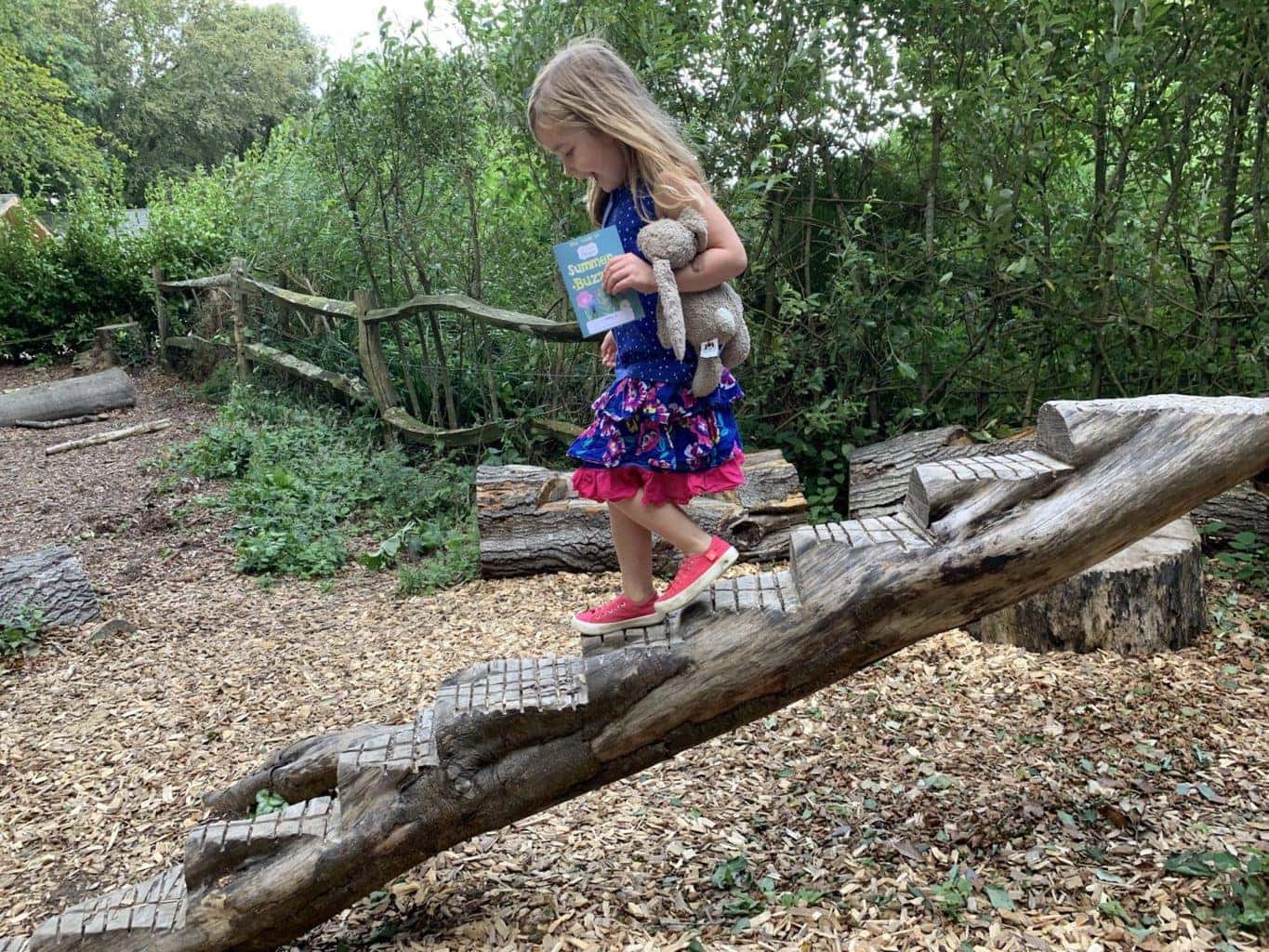AD | I have been or could be if you click on a link in this post compensated via a cash payment, gift or something else of value for writing this post. See our full disclosure policy and privacy policy for more details.
The Lost Gardens of Heligan, located near St Austell and Mevagissey is Europe’s largest garden restoration project.
Why is it a restoration project? To understand that you need to understand a little of the garden’s past: a story filled with joy and sadness.
Originally encompassing the house and gardens, the Heligan Estate was all owned by the same family, the Tremayne family, for over 4oo years. During the 18th and 19th centuries the gardens thrived as a virtually self sufficient community. However, World War 1 had a devastating impact on the life of the garden as 9 of the outdoor staff lost their lives in battle. Jack Tremayne, the then owner, left Heligan saying he could “no longer live with the ghosts.” The house was rented out but the gardens became… lost.

In the 1970s the house was separated from the rest of the estate, turned into flats and sold off. The garden still remained untouched until 1990 when a descendent of the Tremaynes introduced Tim Smit to it and thus began that epic task of restoring it after decades of overgrowth and erosion.
Today the 200 acre estate is looked after by over 20 gardeners and estate workers who painstakingly work the land, cultivate the gardens, grow vegetables and farm livestock to recreate that thriving community of times gone by.

We were delighted to be invited to explore and experience The Lost Gardens of Heligan during our family holiday to Cornwall. It fitted perfectly with our stay at Heligan Caravan and Camping Site as it is literally next door. And here’s a tip: campers can pick up a card from the Campsite Reception to gain 20% off entry to the gardens!

We visited the Lost Gardens of Heligan on a rather changeable day weather-wise. We took the dog along as they are welcome on a lead all year round. Entry is through the ticket office just past the Heligan Shop and Heligan Kitchen. We paused to browse the map we’d been given for a few minutes and set off in a southerly direction down a footpath called the Woodland Walk with the aim of making our way to the West Lawn, amble across to The Jungle, through the play area in the East Lawn, back up to the Home Farm and Kitchen Garden to finish. As you will see from looking at a picture of the map this isn’t anywhere near the whole estate; to see all of that would take a couple of days. Our route took around 3 hours, but it could’ve easily stretched to 4 hours or more if we’d taken a picnic and spent longer checking out all the activities on the East Lawn.

The Woodland Walk is a lovely pathway through the woods where you can find nature sculptures called the Giant’s Head, the Mud Maid and the Grey Lady. The children also stopped off to play in on the Giant’s Adventure Trail for a while too. This is a rustic wooden play area in which they enjoyed climbing, leaping and generally letting off steam!

Past the Woodland Walk we joined a path called the Georgian Ride West and headed down to the West Lawn and Valentine’s Field which is a beautiful abundance of wildflowers most notably cornflowers, poppies, corn marigolds and ox-eye daisy which have been deliberately allowed to grow wild to attract pollinators to the estate. It was beautiful to look at and to take a moment to sit in peace and listen to the sounds of bees buzzing and grasshoppers chirping. It was in the West Lawn we also learned more about the Black Honey Bees in the Bee Observation Hive.

On from the West Lawn we headed into the area of the gardens known as The Jungle. Here you walk on raised boardwalks through an incredible variety of exotic plants from around the world. You’ll see giant leaves, thick vines, tall trees and lily pad covered ponds. You can take a walk across the Burma Rope Bridge but just beware the rope bridge does bounce and its unsuitable for under 5s and dogs. It also operates on a one way system from the west side to the east side. This part was definitely a highlight for our kids!

Out of The Jungle we made our way up the East Lawn. Here there is plenty on offer for kids to do. We made bee and butterfly bracelets in the art and craft tent, played on the large adventure playground and bopped about in the silent disco, which operates at regular intervals during the day.

Feeling pretty worn out by now and getting hungry we headed on up to the Home Farm which is adjacent to the Stewards House Cafe. There is also a huge picnic area here and what a kind thought to provide picnic rugs for everyone to use and return after.

The Home Farm is where the animals on the Heligan Estate live. There are traditional as well as rare and heritage breeds of sheep, pigs, poultry, cattle and heavy horses. Look out for special days on the farming calendar where visitors are able to meet some of these rare breeds.

The last area we visited was the Kitchen Garden and, wow, was I in heaven! I have a particular soft spot for Victorian Kitchen Gardens and this is an award-winning restoration of one. Row upon row of seasonal produce growing beautifully. Heligan boasts over 300 varieties of mostly heritage fruits, vegetables, salads and herbs and they are used in the Heligan Kitchen so you can try them yourselves too! We were delighted to be able to take some of Heligan’s Kitchen Garden potatoes home for a small donation from a little stand in the garden.

Before visiting the Lost Gardens of Heligan I wasn’t sure how much the children would enjoy a day looking round gardens. Certainly it would be something my husband and I could greatly appreciate but I was surprised just how interested the children were throughout our trip. The addition of play areas helped but they were genuinely engaged in learning about bees, seeing the wildflowers, looking at giant species in the Jungle, spotting the sculptures on the Woodland Walk and looking at the animals in the Home Garden.

At £40 for a family ticket (2 adults and 3 children) it isn’t cheap so go prepared with a picnic, take some binoculars or a magnifying glass to get up close with the wildlife and take your camera as there are ample opportunities for photography enthusiasts.
Lost Garden’s of Heligan is also worth visiting in the rain! You can read Karen’s earlier review here.
Find out more and check up to date ticket prices at www.heligan.com
Ad/Gifted We were given complimentary tickets to the Lost Gardens of Heligan in return for this review but all views and opinions are our own.
PIN this post on The Lost Gardens of Heligan

1 - Join our Reviews and Recommendations Facebook Group here which includes lots of ideas for things to do - you can post your own recommendations too.
2 - Buy our debut novel for boys and girls ages 7-11 The Little Museum (an exciting adventure set in France)
3 - Click here to leave Mini Travellers a Google Review.
4 - Share this post with your friends
5 - Follow Mini Travellers on the following platforms :
Thank you for your support as always.









Oh wow, I’d no idea there was that much to see there. It sounds like a fascinating place to visit.